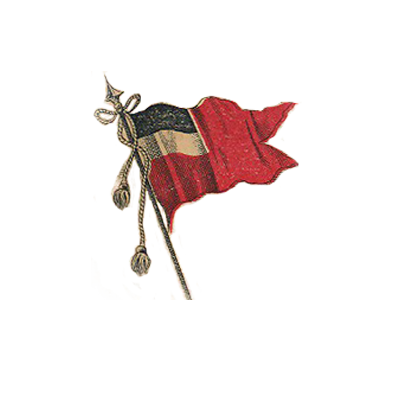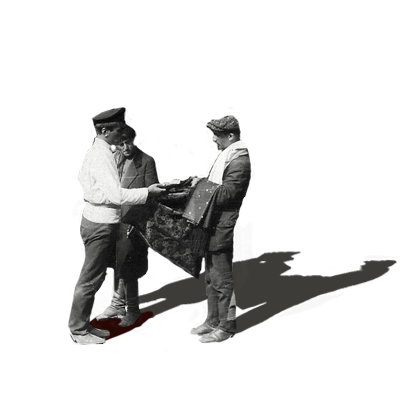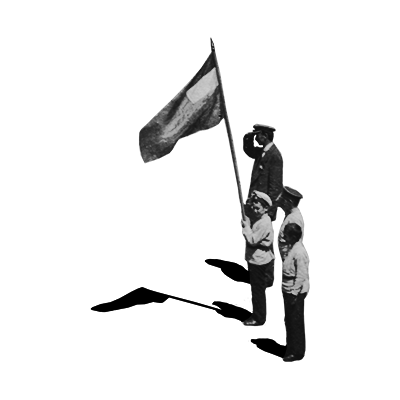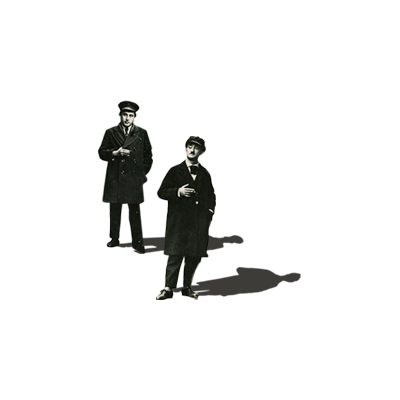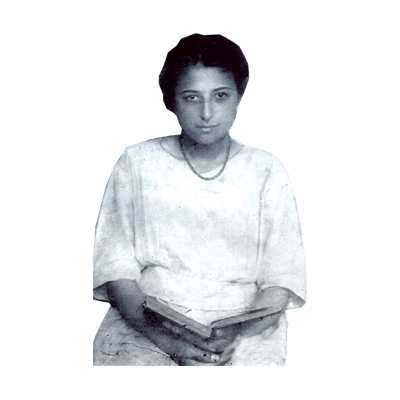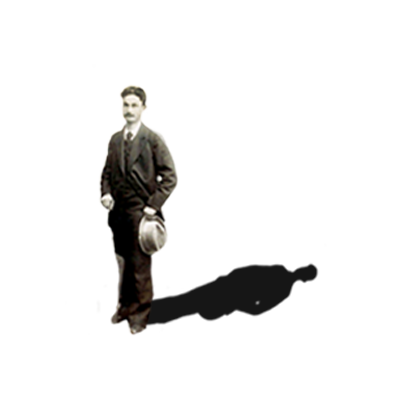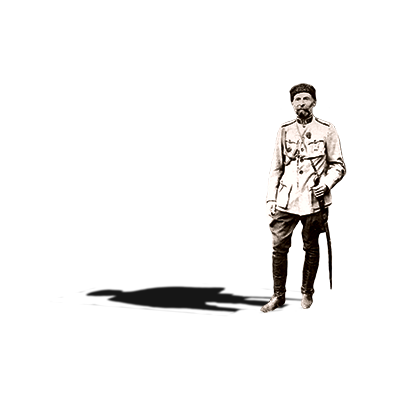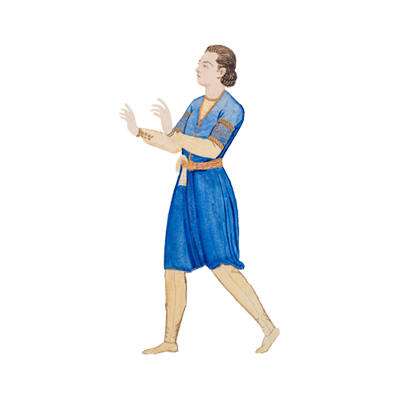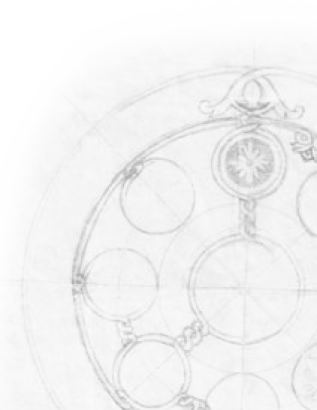
1918
Giorgi Kvinitadze during the Batumi Conference
In 1918 he took part in drawing up the Act of Independence and in the ongoing Batumi Conference given the fact that the Transcaucasian Republic, and in particular, its Georgian part, was in those days caught up in the complicated military conflict with the Ottoman Empire, with the threat of Georgia’s complete occupation by the Ottoman Empire looming large (Partially Georgia was already occupied by Ottomans holding Batumi and Batumi district, Karsi and Artaani territories). Prior to the declaration of independence, he received letters from the members of the Georgian delegation, including from Noe Ramishvili and Akaki Chkhenkeli.
1918
Assistant Minister for Military Affairs
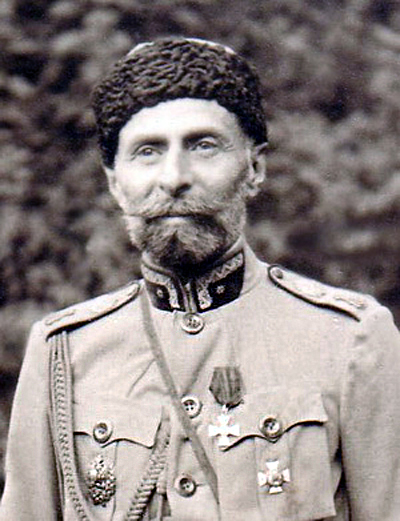
He served as Assistant Minister for Military Affairs in May and June 1918. His duties, along with foreign defence, included organization of troops, dissolution of the Caucasus front and maintenance of military assets. He recalls that 60 to 100 men sought a meeting with him every day, to discuss various requests and projects.
1918-1921
Giorgi Kvinitadze from 1918 to 1921
Kvinitadze participated in all hostilities that broke out during the period from 1918 to 1921. His role in the victories of the Georgian army was tremendous. He held leading positions during all military operations and was dismissed after the discharge of the situation
6 June
Giorgi Kvinitadze’s Decree in the Newspaper “People’s Cause”
.png)
On 6 June 1018, the newspaper “People’s Cause” published Giorgi Kvinitadze’s decree requiring all military men to assist the State, and in particular, the Finance Ministry by handing in their medals to form the gold fund. “Today I handed in all medals I have been awarded in the war with Japan and in the recent war. I only retained Order of Saint George IV class. Orders can be delivered to the Ministry of Military Affairs” –he wrote.
10 June
Georgian army reorganization project
The outstanding military figures – General Giorgi Kvinitadze and Valil Gabashvili developed Project on the Reorganization of the Georgian Armed Forces envisaging the principle of territorial recruitment for the regular army. Such principle of formation of the troops would not only strengthen links between the army and the population but would also reduce mobilization time and expenses. The project was not, however, put into practice to its full extent.
1919
Giorgi Kvinitadze on the Akhaltsikhe Front
In January 1919, at the request of the Minister for Military Affairs, Grigol Giorgadze, Giorgi Kvinitadze began to write the history of the Georgia-Armenia war. In the middle of February, however, he departed for the Akhatsikhe front, at the personal request of the Head of the Government, Noe Zhordania.
25 February
Islamic Rebellion in South Georgia
In February 1919, the Islamic rebellion broke out in South Georgia. The situation was on the verge of getting out of hand. The government again followed the old pattern by reinstating Giorgi Kvinitaze to the position of Commander-in-chief to put down the rebellion. On 25 February, Giorgi Kvinitadze published his lengthy remarks to the Muslims living in the Akhaltsikhe District urging them to refrain from rising in arms to avoid bloodshed. The general pledged them peaceful co-existence.
1919
Kvinitadze’s success in Samtskhe-Javakheti
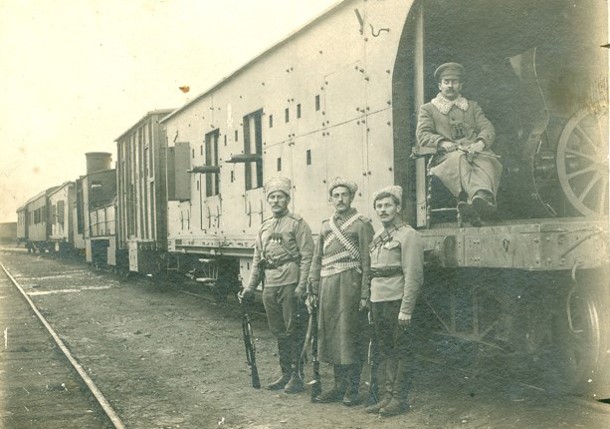
Kvinitadze arrived in Borjomi at the end of February. In March he succeeded in restoring order in the disorganized Georgian troops and then launched an attack against Beys. Kvinitadze’s military operation proved so highly successful that Georgia not only gained back Samtskhe-Javakheti but also established control over its ancient part - Tao-Klarjeti.
23 March
General Kvinitadze was awarded a certificate of appreciation
On 23 March, by decree of the Minister for Military Affairs, General Giorgi Kvinitadze, General Artmelidze and General Purtseladze were awarded certificates of appreciation for their contribution towards the defence of the Republic
20 April
Kvinitadze’s success in Artaan
On 20 April 1919, after liberating Akhaltsikhe-Akhalkalaki, the Georgian troops led by General Giorgi Kvinitadze took control over Artaani
1919
Giorgi Kvinitadze’s resignation from Commander-in-Chief
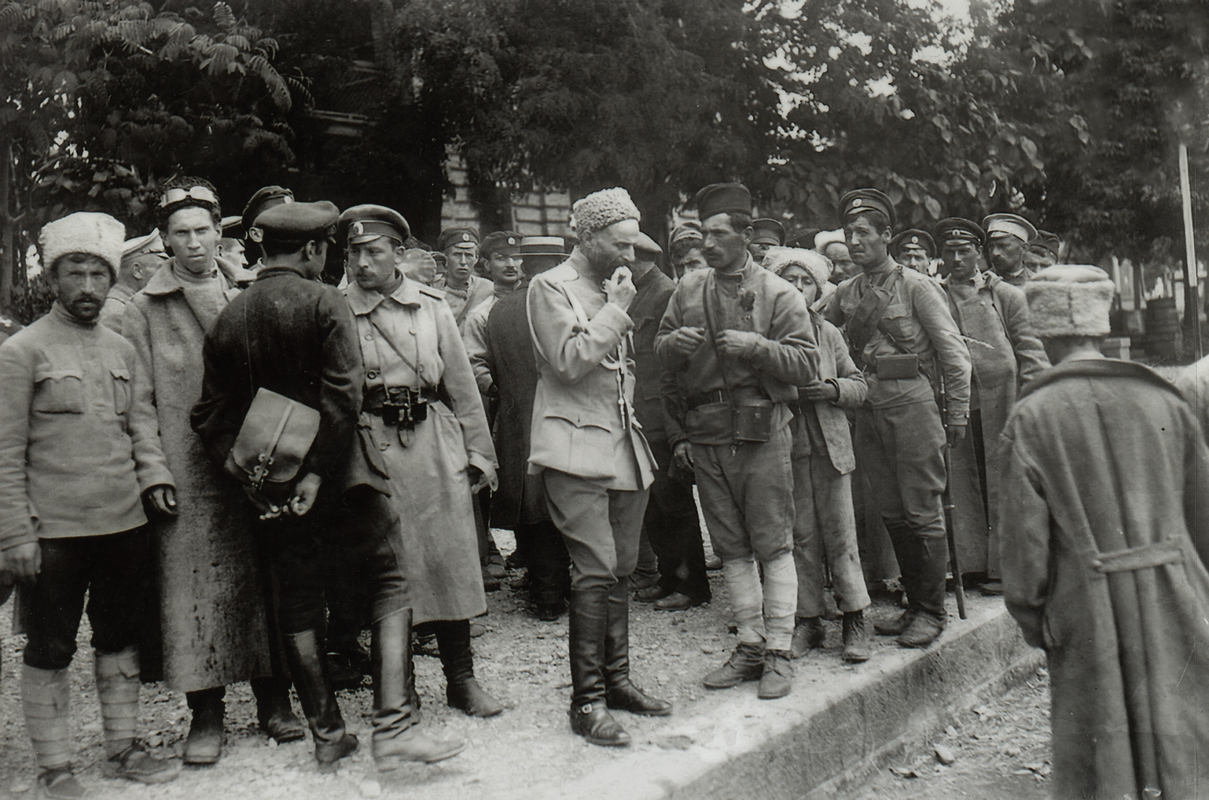
Following the successful military operation, Kvinitaze once again put forward the plan to reorganize the army. His project was about the incorporation of the Guards into the Army. The government of social-democrats and its supporters, however, rejected the project prompting Kvinitadze to resign the position of Commander-in-Chief in May 1919.
1919
Establishment of Georgian Junkers Military School
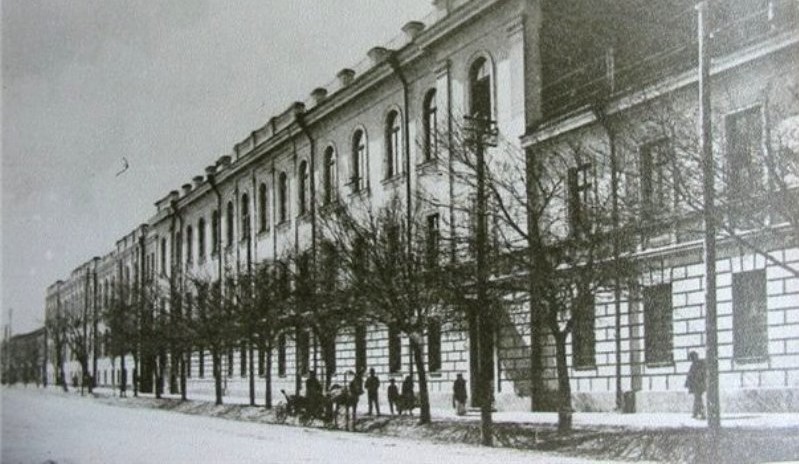
In 1919, at the personal request of Grigol Giorgadze - the Minister for Military Affairs, Giorgi Kvinitadze set about the task of founding the first Georgian military school. He injected all his knowledge and experience into launching the Junkers School.
1920
Russia-Georgia war in 1920
In May 1920, the 11th army stormed into Georgian territory across the Red Bridge leading to an outbreak of the Russia-Georgia war. Noe Zhordania wrote in “My Past”: “When Russians attacked us I appointed General Kvinitadze as Commander-in-Chief – he is active, boisterous and spirited but he is stubborn and unapproachable”. He fiercely defeated the Russians, drove them away from the Red Bridge and persuaded the government to keep on advance. The Defence Minister and the Commander-in-Chief Kvinitadze had already stationed their troops on the ground by 18 May. The attack was due to start on 19 May. However, the order that arrived the following day called for immediate cessation of hostilities. Thus Georgia let the chance of defeating the enemy and cleansing Transcaucasia from Bolsheviks slip away.
3 May
Bolsheviks’ attack on the Junkers School
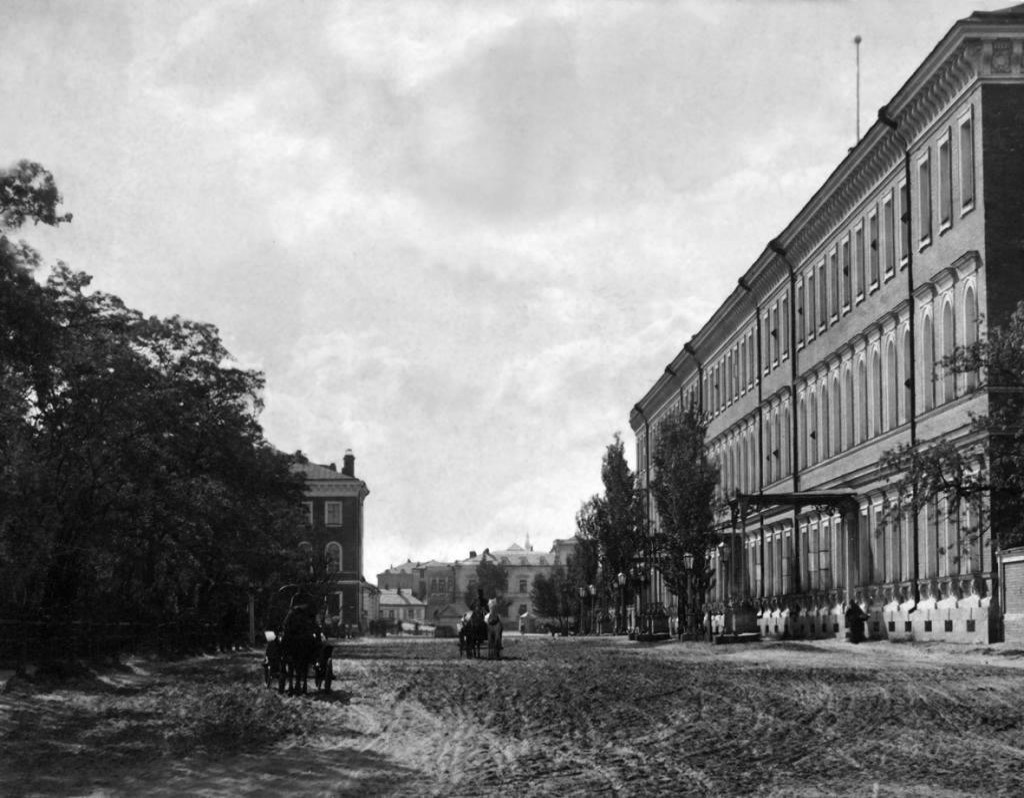
The French author, Raymond Duguet about the Bolsheviks’ attack on the Junkers School on 2 May 1920: “Bolsheviks decided to seize power in Georgia as well, by plotting a coup through Bolshevik methods. At 1:00 AM, as 3 May was dawning, 50 armed men stormed into the military school by back entrance. The Bolsheviks had planned everything in advance but they had omitted the General from their calculations. They thought that he was absent from the school. They had hardly launched an attack when the General returned to school. Bolsheviks had forgotten to cut off the telephone. Kvinitaze benefited from their forgetfulness and asked the headquarters to provide two machine-guns and assistance. Three brave soldiers handed guns and bullets through the window to the military school students. They turned out the lights and lashed out at the intruders. Three Bolsheviks were even taken hostage”. At one of its sessions in May, the Constituent Assembly expressed its appreciation to General Giorgi Kvinitadze and his Junkers for their bravery.
1920
Creation of National Defence Council
In April 1920, the General put forward a project to create National Defence Council, which would be entrusted to prepare the republic’s military resources for any possible war.
7 July
An unexpected meeting in Batumi
On 7 July 1920, the English forces withdrew from Batumi to be replaced by the Georgian troops. One day Commander Kvinitadze was riding proudly on his horse in the Batumi streets. Catching sight of his friend’s daughter whom he had not seen for over 15 years he immediately dismounted to strike up a conversation with her. This humble act earned him even a greater popularity.
1920
Revolt of Ossetians
In June 1920 Ossetians revolted defeating a small division of the government and taking hold of Tskhinvali. Thanks to Giorgi Kvinitadze’s rapid maneuvers, however, Georgians easily gained control over Tskhinvali and on 21 June stationed themselves on the Roki pass. In July 1920 the English forces withdrew from Batumi. On 7 July Giorgi Kvinitadze led Georgian divisions into the Batumi district.
12 September
General Kvinitadze’s letter of appreciation
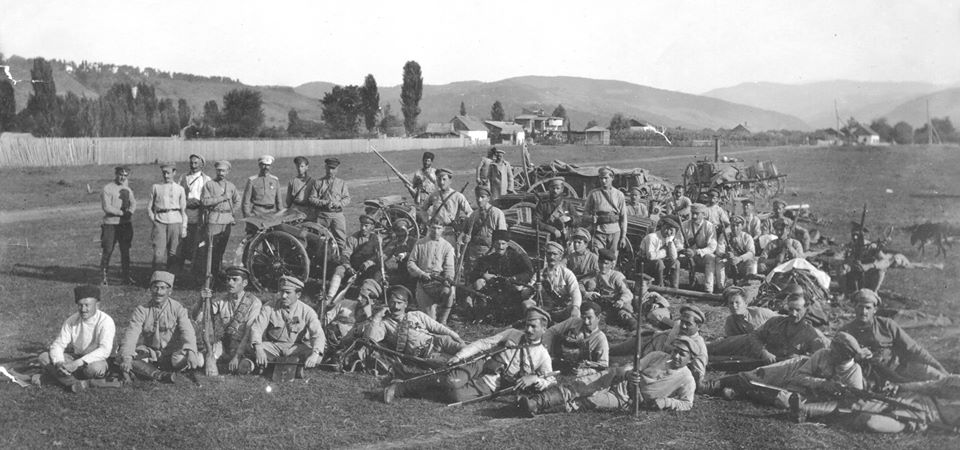
The Commander-in-Chief of Georgia, General Giorgi Kvinitadze published a letter of appreciation in the 12 September issue of the Georgian Republic newspaper expressing his gratitude to the armed forces for their role in gaining and maintaining the independence of Georgia.
1920
Teaching military tactics and history
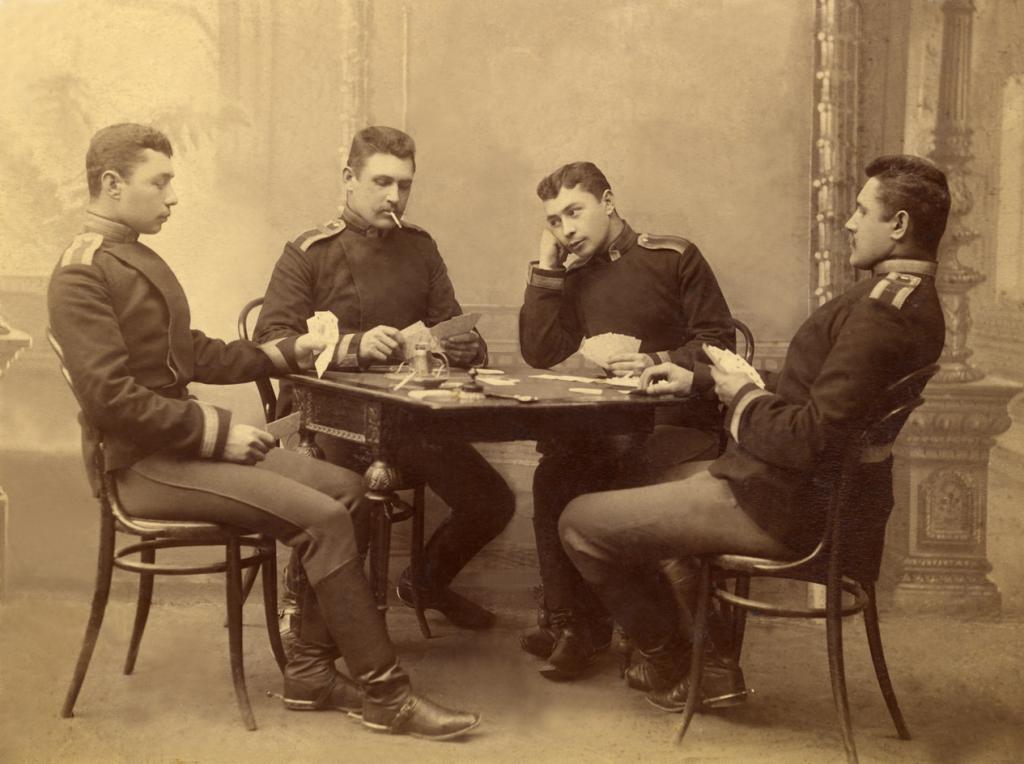
In autumn of 1920, Giorgi Kvinitadze resigned from the positions of Commander-in-Chief and Rector of the Military School. But he continued to give classes as a teacher of military tactics and history. As a token of gratitude, Junkers at the farewell evening handed to him a gold-gilt dagger, which became his cherished possession.
16 February
Appointment of Kvinitadze as Commander-in-Chief
On 16 February 1921, Noe Zhordania replaced General Odishelidze as Commander-in Chief by Giorgi Kvinitadze. Valerian Tevzadze recalled that “Giorgi Kvinitadze’s ascension to Commander-in-Chief drew gasps of admiration as he was hugely popular in Georgia, given his track record of winning all battles he had ever fought.
17 February
Organization of defence sectors
On 17 February General Kvinitadze stepped up his efforts to organize defence sectors in Tbilisi and to provide his troops with defence training for the fight for Tbilisi. Students of the Junkers and Sergeants School were mobilized and they took their positions on the Tabakhmela highlands.
24 February
Decision to withdraw from Tbilisi
On 24 February the Russians launched a military onslaught to establish control over Tbilisi. The aggressor unleashed a series of attacks against the entire front, with targeted strikes on the left section. By the end of the day General Kvinitadze made a decision to withdraw from Tbilisi. His decision was impacted by the threat of Tbilisi siege being inevitable as he had no reserve troops to fill in the gaps on the front.
1921
The general’s contribution to the Defence Foundation
In January 1921, despite the financial hardship, Giorgi Kvinitadze and his wife – Mariam Makashvili contributed 4 silver spoons and 3 German silver mark coins to the Defence Foundation.
1 March
Kvinitadze’s order to the Georgian troops
On 1 March, General Kvinitadze ordered that the Georgian troops be deployed to the east of Khashuri. The closing words of the Order read as follows: „To the rescue of our country I require maximum efforts and full service from all army chiefs to achieve defeat of the enemy at any cost ".
4 March
Big battle to the east of Khashuri
On 3 March, General Kvinitadze regrouped the Georgian divisions to the east of Khashuri and ordered the launch of attack at 7:00 AM next day. The 4th of March marked a big battle to the east of Khashuri (Osiauri Battle). Commander-in-chief Kvinitadze was considering going on an attack to lay a siege to the vanguard of the 11th army and then destroy it thus paving the way to eventual defeat of the enemy. Initially, the fortune smiled on Georgians. However, members of the Guards failed to get round the right wing of the enemy against the hopes of Kvinitadze that the aggressors would be under siege already the next morning.
5 March
Retreat Order
On 5 March, at night, certain units of the Guards arbitrarily abandoned their positions and began to retreat giving rise to the threat that Georgian troops could themselves be caught up in siege. Therefore, Kvinitadze ordered retreat.
17 March
Going into exile
The Georgian Constituent Assembly convened in its last session in Batumi, on 17 March 1921 to make a decision to go into political exile.
1921
General Kvinitadze during the Russia-Georgia War
1921
General Hecker about Giorgi Kvinitadze
General Hecker, the Bolshevik commander is quoted as saying: “If anyone deserves reward for retreat this reward must be claimed by Kvinitadze - for such a skillful escape he made from me”.
1918
1918
1918-1921
6 June
10 June
1919
25 February
1919
23 March
20 April
1919
1919
1920
3 May
1920
7 July
1920
12 September
1920
16 February
17 February
24 February
1921
1 March
4 March
5 March
17 March
1921
1921












